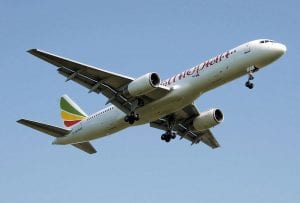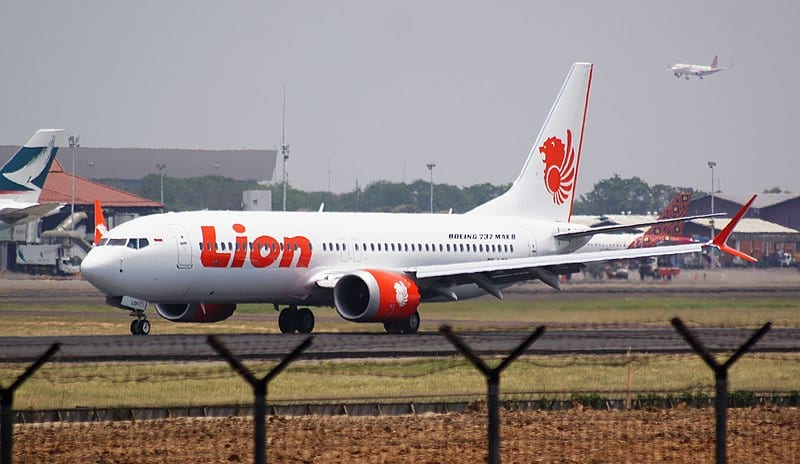Recent media reports also suggest that bad oversight by Boeing led engineers to believe the MAX 8 was far safer than it really was.
Media outlets across the world are continuing to dig into the Boeing 737 MAX, even as executives expect the model-8 plans to return to service “very soon.”
The Guardian reports that the Federal Aviation Administration has identified a new problem in the Max 8, as well as the generation of planes that preceded it. Regulators are now requiring airlines to check more than three-hundred 737s for improperly manufactured parts.
Of the three-hundred planes due for inspection, over half are Max 8s.
And the Boeing 737 Max 8 has anything but a good track record—two models of the same plane were involved in fatal, full-casualty crashes spaced only months apart. Some 350 people died between last October’s Lion Air disaster and an Ethiopian Airlines accident in March.
Even though Boeing initially denied culpability, the Max 8 has been out of service worldwide since the Ethiopian incident.
While investigations are still ongoing, expert consensus suggests that faulty software embedded in the Max 8’s flight control system was responsible.

On Saturday, The New York Times released a full-length article detailing some of the miscommunications which led to the deadly malfunctions.
Before the Max 8 was even ready for release, notes the Times, Boeing continued making its flight augmentation system (known as MACS) ever-more aggressive. While MACS’ original version relied on input from multiple sensors, the final version used only one.
In both crashes, it was faulty input from the single sensor that triggered MACS—and MACS, believing the planes to be ascending at dangerously steep angles, repeatedly pulled the aircrafts’ noses downward. At normal pitch, the pilots struggled against the system, desperately trying to regain control of planes bearing back towards earth.
Some engineers told the Times they weren’t aware that MACS had become aggressive to the point where pilots might struggle to control it. Instead, they said Boeing compartmentalized tasks while rushing the Max 8 through design and production.
Boeing was purportedly lax in its oversight because it wanted to keep a competitive advantage over Airbus.
Now, the FAA says aspects of some Boeing wings “may be susceptible to premature failure or cracks resulting from” an “improper manufacturing process.”
According to The Guardian, the components’ manufacturer says they’ve yet to be informed of any in-flight issues. Complete failure of the part—called a leading-edge slat track—probably wouldn’t cause a crash, but could cause not-insignificant damage to airborne planes.
Most experts—or at least those consulted by The Guardian, including the president of Air Emirates—don’t believe the 737 Max 8 will be back in the sky anytime soon. Although Boeing’s begun the process of seeking to have the aircraft recertified in the United States and elsewhere, the Max 8 may not be deemed airworthy again until the beginning of next year.
Sources
Boeing 737 Max 8 planes will be back in the air ‘very soon,’ its CEO says
Boeing Built Deadly Assumptions Into 737 Max, Blind to a Late Design Change
Boeing CEO says troubled 737 Max jets should be flying by the end of the year
Further safety issue found in grounded Boeing 737 Max planes


Join the conversation!